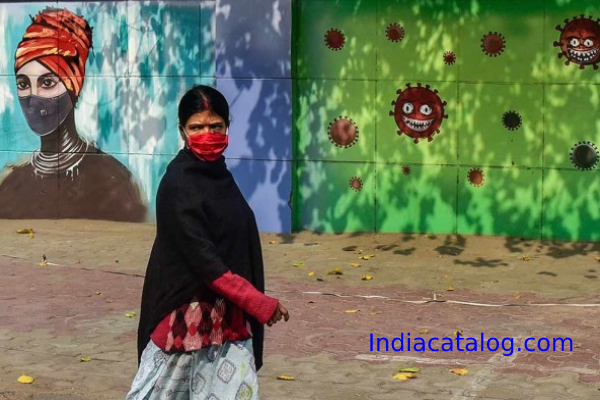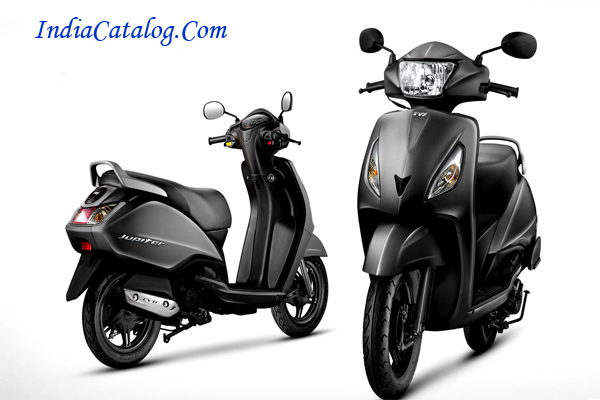Solar bid tariff at an all time low, GST will put project cost up, fear developers
.jpg)
Cost competitiveness of solar power is on the rise with the lowest competitive bid tariff discovered at Rs 3.15 per kilowatt hour over a previous lowest bid tariff of Rs 3.33 kilowatt/ hour. The lowest bid tariff was discovered on April 12 at NTPC’s 250 mw solar park project in Andhra Pradesh. The earlier lowest bid tariff was discovered during February this year for Rewa solar project in Madhya Pradesh.
The reduction implies 4.5% decline in cost of solar power over a period of three months, which signifies cost competitiveness of solar energy against both alternate renewable as well as conventional energy.
While 2016 has been a challenging year for solar power industry with contraction in the activities of the weaker power plants, mounting regulatory uncertainty and China’s dominance on solar industry, there has been continuous reduction in feed tariffs since June last year.
According to Bridge to India firm, India installed around 4.9 giga watt of solar capacity in 2016, an increase by 101% over 2015 and crossed 10 GW cumulative capacity. However, 2017 has been expected to be a challenging year in terms of central government policies related to manufacturing, power distribution and GST. Our expectation on the basis GST is high installation cost and higher cost of project inventories, although the solar sector would continue to grow, Vinay Goyal, CEO of Ganges Internationale Pvt Ltd, a multi faced technology corporation, said.
According to an ICRA study declining module prices has been showing an improvement in the weighted average bid tariff, which remains favourable to distribution utilities. “Viability of such tariff for project developers from its credit perspective will be critically dependent upon the availability of long tenure debt – up to 18-20 years – at a cost competitive rates, while its ability to keep cost of PV modules within the budgeted level and execute projects in time bound manner would be a critical requirement,” Sabyasachi Majumdar, senior vice president & group head ICRA ratings said.
Based on an assumption of a capital cost of Rs 4.5 crore per mw and PLF of 21%, ICRA has estimated cumulative average debt service coverage ratio over a debt tenure of 18 years at 1.20 times and internal rate of return at below 10% for a project with a bid tariff of Rs 3.15. Any deviation in project parameters and cost assumptions may have an adverse impact on returns and debt services, ICRA felt.
According to Mercom Capital, debt funding and venture capital funding has been all time high in the solar sector in the first quarter of 2017 and renewable power has secured $390 million from Asian Development Bank for development of solar power projects in India. Such financing will help the solar industry in achieving its target of generating of 175 GW by 2022, according to a Mercom Capital report.

.webp)
.webp)
.webp)
.webp)
.webp)
.webp)
.webp)
.webp)
.webp)
.webp)














